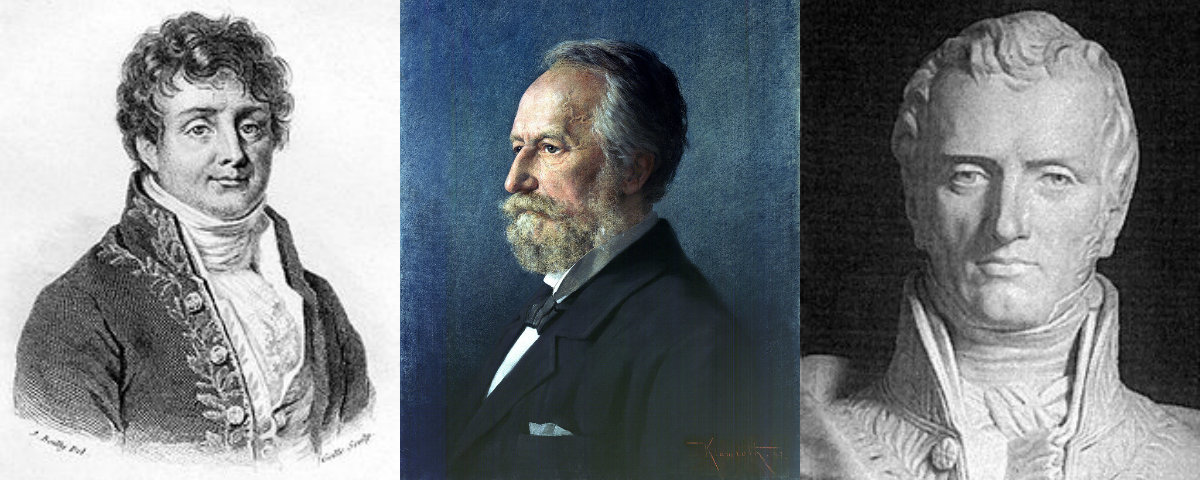The fathers of the diffusion concept
PDFJoseph Fourier (1768-1830) and Henri Navier (1785-1836), whose portraits are shown in the Figure, were the first scientists to understand that diffusion transport was proportional to the derivative of the quantity transported. Almost simultaneously, in 1822, they proposed to link this property to the molecular agitation of the fluid. In the case of the transport of chemical species, the law established in the article associated with this focus was proposed in 1855 by Adolf Fick, a German physiologist (1829-1901) and professor at the University of Marburg. Joseph Fourier was a French physicist, becoming rector and prefect of Grenoble, known for having proposed the analogous law for heat transfer in 1822, in his Théorie analytique de la chaleur, where he also introduced the trigonometric series now known as the Fourier series. Henri Navier was a civil engineering engineer who directed the construction of about ten bridges in France. At the Ecole Polytechnique, he was Joseph Fourier’s student.
In the case of viscous fluids subjected to shear, the law that expresses the friction between the various fluid layers is called Isaac Newton (1643-1727), an English scientist who made very important scientific advances. This is because Newton was the first to propose that the flow resistance of a fluid should be a linear function of its velocity, which is only true for slow flows. His book Principia Naturalis Principia Mathematica (1687) marked the history of science. The first theoretical explanation of the proportionality between the drag of the fluid when a small sphere falls and the velocity of this sphere is due to George Stokes (1819-1903) who draws it from the law published by Navier in 1822.
The fundamental equation of fluid mechanics is an extension of the initial equation proposed by Euler (1757) for a so-called “perfect” fluid, i. e. without viscosity. Completed by the expression of tangential stress due to viscosity, derived from the work of Navier and Stokes, it is now universally known as the Navier-Stokes equation.

Molecular agitation is not directly observable, but the effect of multiple molecular shocks on micrometric-sized particles visible under the microscope can be observed. These particles are animated by an irregular movement, called Brownian movement in homage to the botanist Robert Brown who discovered the effect in 1827. The movement of these particles, much larger than molecules, is not described by Boltzmann’s theory, but by a theory proposed by Albert Einstein in 1905. This very general theory also applies to diffusion in a liquid (see also the article associated with this focus). Einstein thus indicated how to deduce the molecular dimensions of Brownian motion observations. This is what Jean Perrin did in 1909, thus obtaining the first determination of the number of Avogadro, and therefore of the mass of atoms. This provided an experimental confirmation of the existence of atoms, which was still hypothetical at the time.
Cover image. Portrait of Adolf Fick, chosen from those in the figure because some authors use the term “fickian diffusion” to describe the transport of chemical species by molecular agitation.




